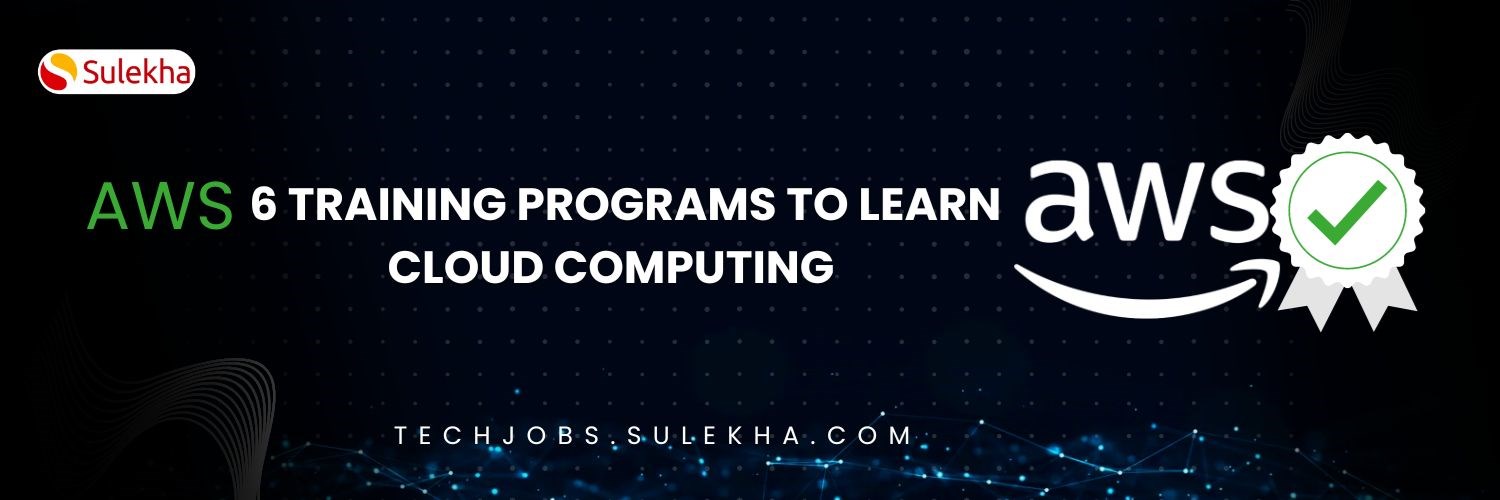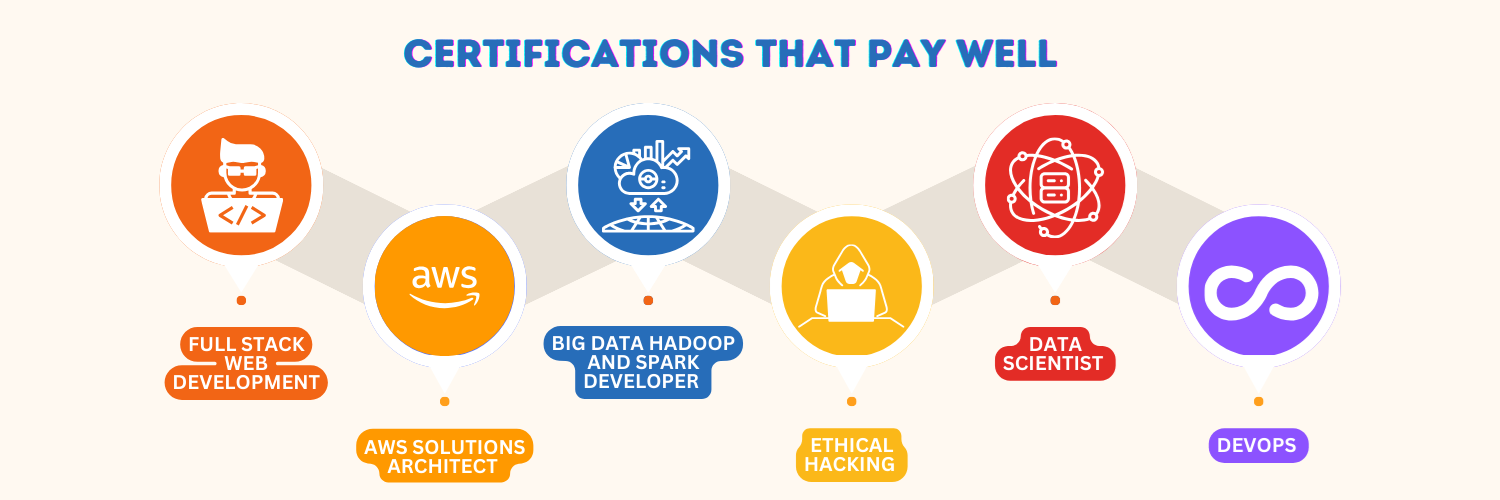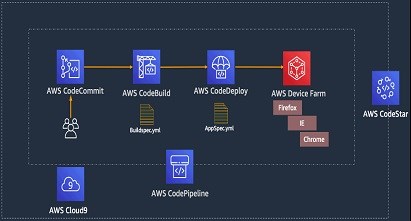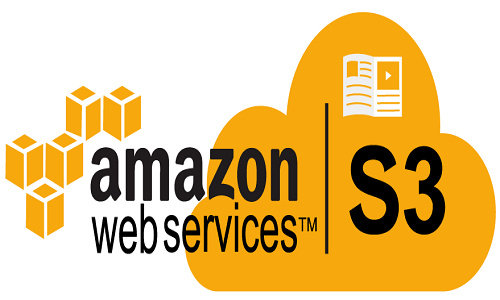Amazon Web Services (AWS): An Introduction to the Cloud Computing Giant
Introduction:
As the world's most extensively used cloud computing platform, Amazon Web Services (AWS) has taken the IT industry by storm. A wide variety of sectors and use cases can benefit from AWS's services and solutions. Building, deploying, and managing applications and services is made possible by AWS's infrastructure, tools, and resources, which are accessible to both enterprises and individuals. In this blog post, we will talk about some of Amazon Web Services' most important features so you can learn more about this cloud computing giant.
Precisely what does AWS (Amazon Web Services) entail?
As a division of Amazon, Amazon Web Services is a robust cloud computing platform that provides various tools and support for developers, IT admins, and other users. Since its inception in 2006, Amazon Web Services (AWS) has expanded to meet the needs of millions of users across the globe.
The Backbone of Amazon Web Services
With AWS, you can use various services designed to meet your needs. The following categories provide a high-level overview of these services:
- Compute: Compute services supply the computational resources needed to execute software and other services. A few of the services provided by Amazon are the Elastic Compute Cloud (EC2), Lambda, and the Elastic Container Service (ECS) (EKS).
- Storage: "Storage" refers to any service that helps you keep and access your data whenever needed. A few of Amazon's storage offerings are S3, EBS, and Glacier.
- Database: Database services offer the best possible options when it comes to archiving and managing both structured and unstructured data. RDS, DynamoDB, and Aurora are all examples of Amazon's database services.
- Networking and Content Delivery: Services that help apps and services connect and share data and other resources are known as "networking and content delivery" services. Amazon VPC, Route 53, and CloudFront are just a few of the services provided by Amazon.
- Security, Identity, and Compliance: Security, identity, and compliance services that protect the AWS cloud and its associated applications. AWS Identity and Access Management (IAM), Amazon GuardDuty, and AWS Shield are among these.
- Analytics: The term "analytics" refers to a set of services that aid in examining and processing data to draw conclusions and make choices. Amazon Kinesis, Elasticsearch Service, and Redshift are just a few examples.
- Machine Learning: Machine learning refers to services enabling automated learning and decision-making using computational models. Examples are the Amazon SageMaker, AWS DeepLens, and the Amazon Comprehend.
- Internet of Things (IoT): Connecting, managing, and analyzing data from IoT devices are all examples of services that fall under the umbrella term "Internet of Things" (IoT). Amazon Web Services (AWS) offers several Internet of Things (IoT) services.
Significant Advantages of AWS:
- Scalability: Businesses can increase or decrease the size of their Amazon infrastructure and services on the fly, paying only for the resources they use.
- Savings Potential: Because AWS uses a pay-as-you-go pricing model, companies can refrain from making sizeable initial infrastructure investments and signing lengthy contracts.
- Flexibility: AWS offers its customers a plethora of services and resources, allowing them to pick and choose what they need.
- Security: Protection of Sensitive Information and Related Systems AWS was built with security and compliance in mind. As such, it provides several tools and services to achieve this goal.
- Global Infrastructure: AWS' global infrastructure includes many data centers and availability zones located strategically worldwide to guarantee high availability and low latency for all applications and services.
Conclusion:
If you are looking for a robust and flexible cloud computing platform, go no further than Amazon Web Services. By providing access to various cloud-based services and tools, Amazon helps businesses capitalize on the cloud's potential for increased productivity, scalability, and innovation. A wealth of opportunities awaits you as you dive into AWS and harness it to drive company transformation and success.
platform, go no further than Amazon Web Services. By providing access to various cloud-based services and tools, Amazon helps businesses capitalize on the cloud's potential for increased productivity, scalability, and innovation. A wealth of opportunities awaits you as you dive into AWS and harness it to drive company transformation and success.
Find a course provider to learn Amazon Web Services Foundation
Java training | J2EE training | J2EE Jboss training | Apache JMeter trainingTake the next step towards your professional goals in Amazon Web Services Foundation
Don't hesitate to talk with our course advisor right now
Receive a call
Contact NowMake a call
+1-732-338-7323Take our FREE Skill Assessment Test to discover your strengths and earn a certificate upon completion.
Enroll for the next batch
aws foundations training
- Dec 19 2025
- Online
aws foundations training
- Dec 22 2025
- Online
aws foundations training
- Dec 23 2025
- Online
aws foundations training
- Dec 24 2025
- Online
aws foundations training
- Dec 25 2025
- Online
Related blogs on Amazon Web Services Foundation to learn more

How to become AWS certified cloud practitioner
Learn how to become certified and enhance your career prospects and salary potential with this certification.

What is the Future Scope of AWS Jobs in the US
Discover the future of AWS jobs in the US, with a growing demand for skilled professionals and AWS jobs in US.

Best AWS Courses: Top 5 High-paying AWS certification path
5 high-demand certifications demonstrate expertise in cloud computing and can significantly boost your career prospects and salary potential.

Strengthen your skills with AWS 6 training programs to learn cloud computing
Enhance your career prospects and stay ahead in the industry with this comprehensive training on AWS cloud computing.

6-month certificate programs that pay well in 2024
Several reasons exist for the proliferating demand for IT certifications in the technological landscape. Forestmost is the rapid and evolving of new technology. Career opportunities increase across various industries and sectors as new technology eme

How does AWS CodeBuild and CodeDeploy support the DevOps lifecycle?
Many top organizations worldwide are shifting to DevOps practices because it combine techniques, tools, and philosophies to improve the deliverance of applications and services quickly. With the aid of these DevOps practices, we evolve and improve pr

What are the key components of AWS's global infrastructure
The key components of AWS's global infrastructure AWS cloud computing growth is comparably higher than the other cloud platforms in the market due to its scalability, cost-efficiency, and innovative services. Organization worldwide utilizes AWS
Latest blogs on technology to explore

From Student to AI Pro: What Does Prompt Engineering Entail and How Do You Start?
Explore the growing field of prompt engineering, a vital skill for AI enthusiasts. Learn how to craft optimized prompts for tools like ChatGPT and Gemini, and discover the career opportunities and skills needed to succeed in this fast-evolving indust

How Security Classification Guides Strengthen Data Protection in Modern Cybersecurity
A Security Classification Guide (SCG) defines data protection standards, ensuring sensitive information is handled securely across all levels. By outlining confidentiality, access controls, and declassification procedures, SCGs strengthen cybersecuri

Artificial Intelligence – A Growing Field of Study for Modern Learners
Artificial Intelligence is becoming a top study choice due to high job demand and future scope. This blog explains key subjects, career opportunities, and a simple AI study roadmap to help beginners start learning and build a strong career in the AI

Java in 2026: Why This ‘Old’ Language Is Still Your Golden Ticket to a Tech Career (And Where to Learn It!
Think Java is old news? Think again! 90% of Fortune 500 companies (yes, including Google, Amazon, and Netflix) run on Java (Oracle, 2025). From Android apps to banking systems, Java is the backbone of tech—and Sulekha IT Services is your fast track t

From Student to AI Pro: What Does Prompt Engineering Entail and How Do You Start?
Learn what prompt engineering is, why it matters, and how students and professionals can start mastering AI tools like ChatGPT, Gemini, and Copilot.

Cyber Security in 2025: The Golden Ticket to a Future-Proof Career
Cyber security jobs are growing 35% faster than any other tech field (U.S. Bureau of Labor Statistics, 2024)—and the average salary is $100,000+ per year! In a world where data breaches cost businesses $4.45 million on average (IBM, 2024), cyber secu

SAP SD in 2025: Your Ticket to a High-Flying IT Career
In the fast-paced world of IT and enterprise software, SAP SD (Sales and Distribution) is the secret sauce that keeps businesses running smoothly. Whether it’s managing customer orders, pricing, shipping, or billing, SAP SD is the backbone of sales o

SAP FICO in 2025: Salary, Jobs & How to Get Certified
AP FICO professionals earn $90,000–$130,000/year in the USA and Canada—and demand is skyrocketing! If you’re eyeing a future-proof IT career, SAP FICO (Financial Accounting & Controlling) is your golden ticket. But where do you start? Sulekha IT Serv

Train Like an AI Engineer: The Smartest Career Move You’ll Make This Year!
Why AI Engineering Is the Hottest Skillset Right Now From self-driving cars to chatbots that sound eerily human, Artificial Intelligence is no longer science fiction — it’s the backbone of modern tech. And guess what? Companies across the USA and Can

Confidence Intervals & Hypothesis Tests: The Data Science Path to Generalization
Learn how confidence intervals and hypothesis tests turn sample data into reliable population insights in data science. Understand CLT, p-values, and significance to generalize results, quantify uncertainty, and make evidence-based decisions.


